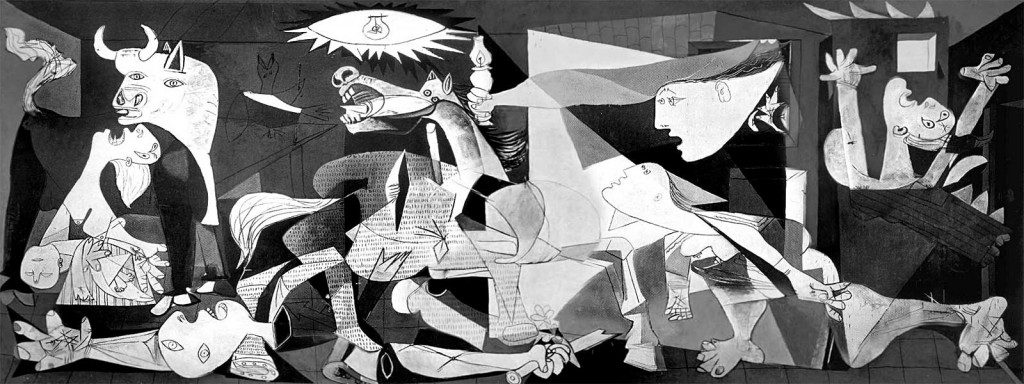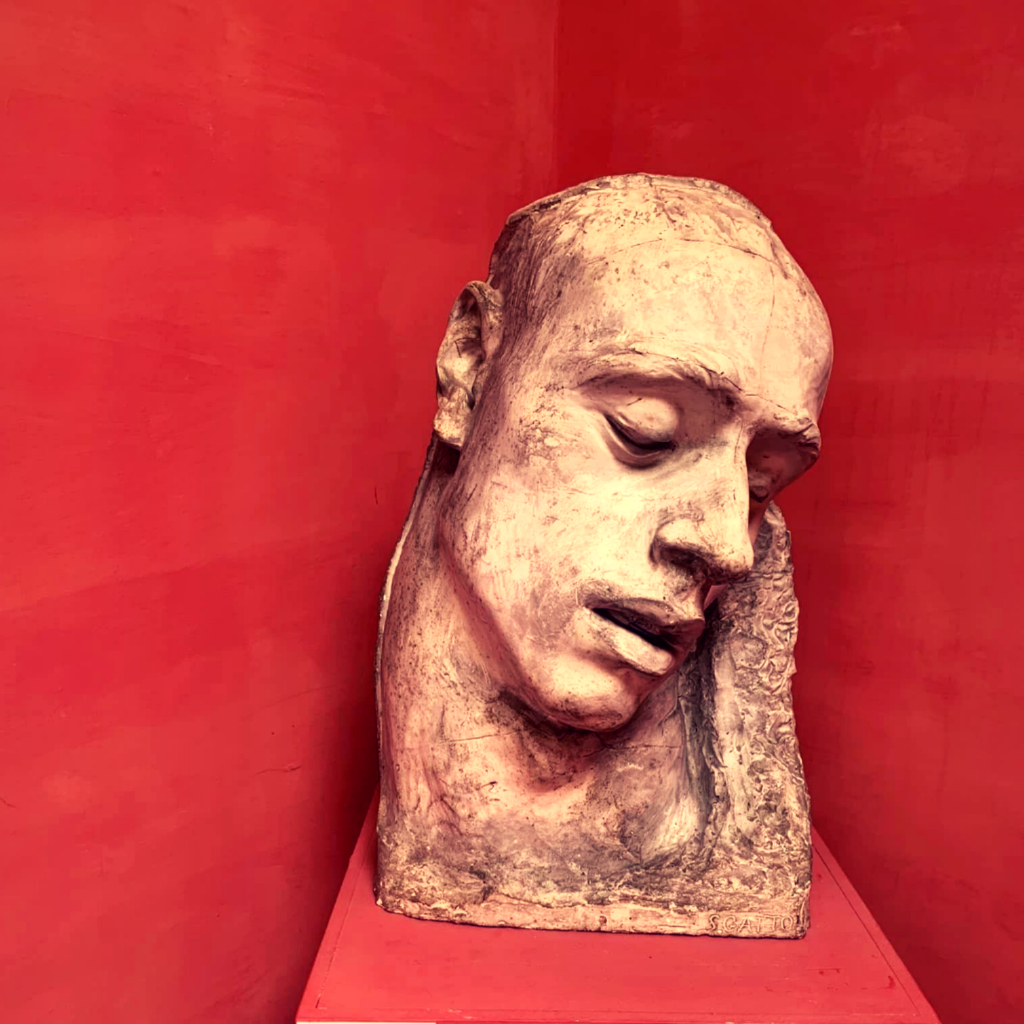
After the German army invaded Paris in the summer of 1940, Gestapo bloodhounds came to Picasso’s studio. Unknown sources are silent about the reason for this visit.
The German, seeing a postcard with a reproduction of the painting “Guernica” on Pablo’s table, asked: “Did you do that?” and pointed to the postcard. “No, you did it. You can take it with you as a souvenir.”
The painting “Guernica” was painted after a sad event that occurred in the Basque city of Guernica. During the Spanish Civil War, on April 26, 1937, Luftwaffe units carried out a three-hour bombing raid. As a result, the city was completely destroyed. Guernica continued to burn for three days. Although Picasso had never visited Guernica, the news of its destruction shocked him and inspired him to create this painting. The artist worked 10-12 hours a day for about a month.
At the time, Paris couldn’t understand the picture. At the exhibition, the audience turned away from her. Many critics did not appreciate her artistry in it and considered it merely a propaganda document. Magazines wrote that the painting was terrible and was Picasso’s worst painting in history. But it wasn’t all bad. Many friends and artists understood what the artist wanted to convey to us. In other words, it is a reflection of the cruel side of war, a terrifying reality. This work really conveys the cruelty and heartlessness of humans.
“Guernica” is a fresco on canvas in black and white, painted in oil. The size is 3.5 meters high and 7.8 meters wide.



